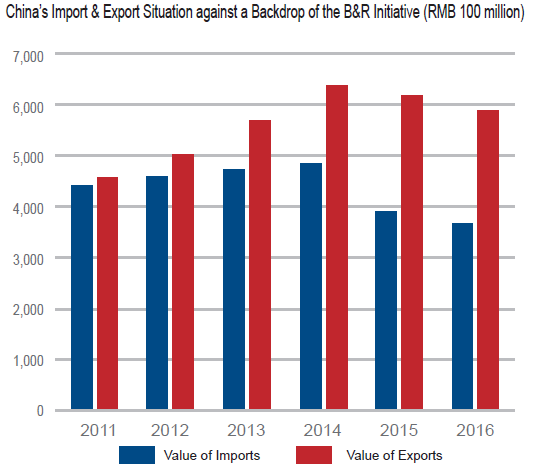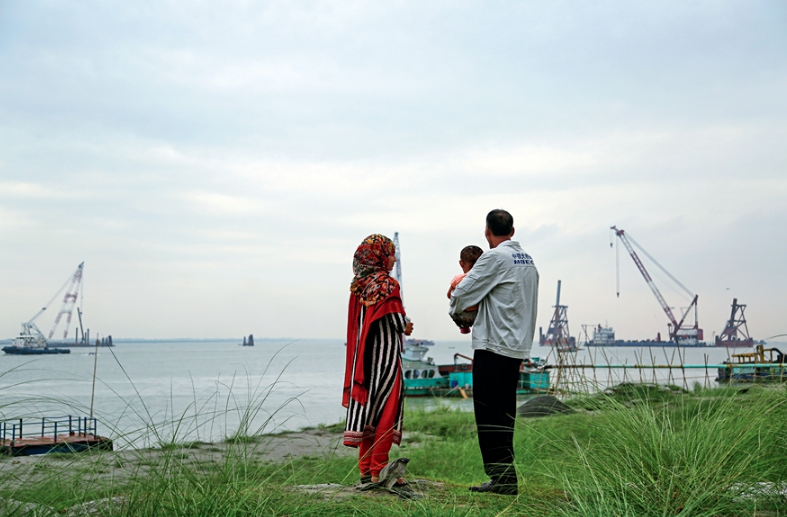From Water Barrier to A Bridge to Progress
China Today,May 28, 2018 Adjust font size:
A Long Aspired Bridge
“The Padma River is as important to the Bangladeshi people as the Yangtze River to the Chinese,” said Liu Ziming, a National People’s Congress (NPC) deputy and president of China Railway Major Bridge Engineering Group Co. Ltd. (MBEC), in an interview with China Today. The rolling Padma River is reputed as the water of life in Bangladesh. However, the river has also become a formidable barrier for the country to coordinate its economic development in north and south. In one of the most densely populated countries in the world, to reach the opposite bank of the river, Bangladeshi people have to first take a bus or a car, and change to a ferry, then bus or car again. Even if you arrive at the wharf in the early morning, it will still take you a whole day to cross the river. The ferryboat is thronged with passengers with some even sitting on the roof, according to Liu Ziming.
Despite the rising public cries for a bridge over the river, a variety of difficulties with regards to such factors as technology, capital, and policy inconsistency had barred it from becoming a reality.

The turning point appeared in 2014. China Railway Major Bridge Engineering Group won the bid for constructing the long aspired bridge. The company’s win owed a lot to its former cooperation with Bangladesh. In 2004, the Chinese bridge group was first selected to construct the country’s then largest bridge, the Paksey Bridge. The first time for the Chinese company to run a project in light of international rules, it earned recognition of the proprietor and the supervisor with its incredibly fast project completion speed and high construction quality. Later the company was commissioned to construct six small-sized bridges in the country. The past projects have built a good reputation for the company in Bangladesh. In the eyes of Khandker Anwarul Islam, executive director of Bangladesh Bridge Authority, China Railway Major Bridge Engineering Group is a competitive company.
The two-level steel truss bridge will carry a four-lane highway on the upper level and a single-track railway on the lower level, with total length of 6,150 meters and width 21.5 meters. Because of complicated local geological conditions, batter pile construction has been applied in building the foundation of the bridge. All these make the project the most difficult one for construction in the world compared with the same type of bridges.
A different design model and much more rigorous requirements for construction by the world-rate supervision company have forced the Chinese group to improve its performance in technology, communication, and adaptability. Its work has finally earned the Chinese company good repute, and led to the inclusion of some Chinese standards into the related category of international standards.
Now, with its construction and the construction of the railway connection project, the Padma Bridge is expected to become an important link in the Trans-Asian Railway, and an important project of the Belt and Road Initiative.

